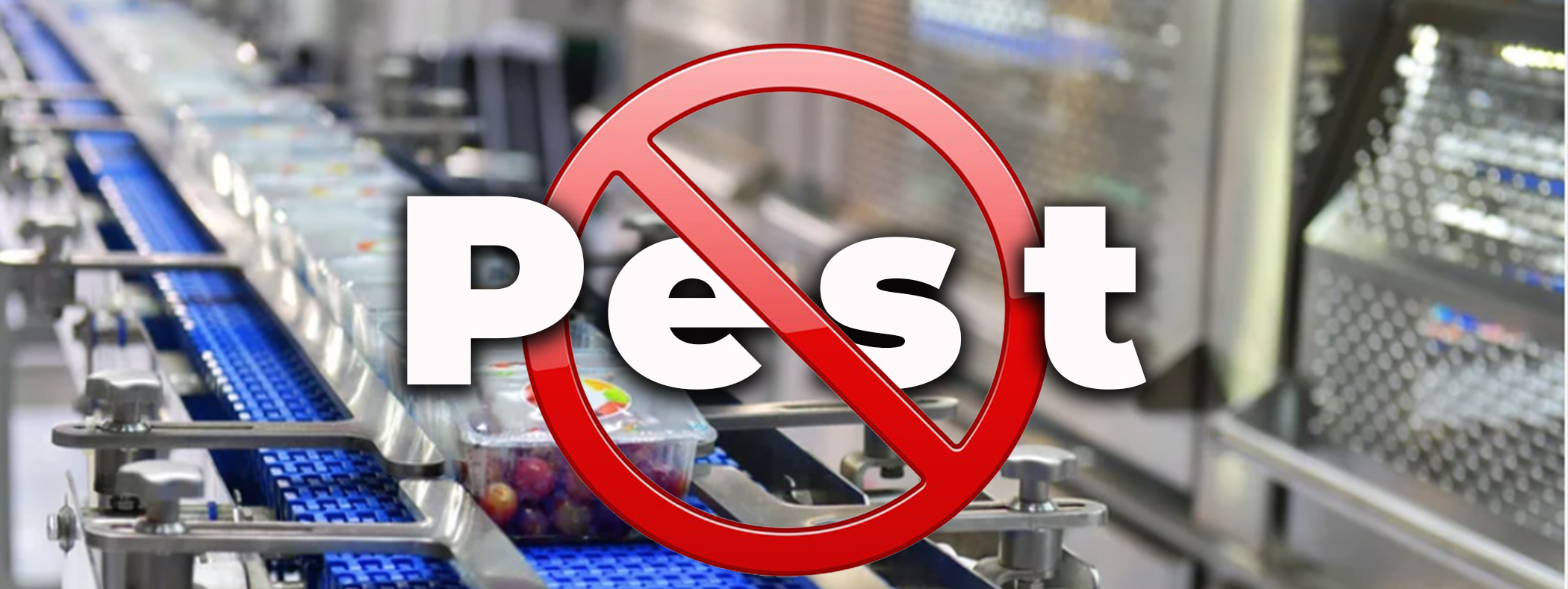 If you own a food manufacturing business, the last thing you want is bugs, pests or rodents in your plant. Mice can fit into spaces as small as six millimetres, while tiny insects can enter through the smallest of cracks and gaps. Although a food manufacturing plant will inevitably have gaps and breaches, there are still steps you can take to prevent pests from entering your facility.
If you own a food manufacturing business, the last thing you want is bugs, pests or rodents in your plant. Mice can fit into spaces as small as six millimetres, while tiny insects can enter through the smallest of cracks and gaps. Although a food manufacturing plant will inevitably have gaps and breaches, there are still steps you can take to prevent pests from entering your facility.
How Pests Can Enter Your Manufacturing Plant
One of the most important things to realize is that pests often gain access to facilities in ways that you wouldn't expect. For example, roofs can be a huge problem, as many of them aren't inspected as regularly as they should be. Because roofs often have air handling systems, they can suck insects inside. In addition, floor drains can be a popular entry point for cockroaches and drain flies. Ensuring adequate drain design can prevent pests from entering your facility. A building's construction is also vital in preventing pests from entering. As a general rule, older construction tends to have more cracks and gaps, which translates to more opportunities for pests to invade your property. Additionally, corrugated metal buildings are one of the most difficult structures to properly seal, which makes them conducive to pest problems. Although flat roofs often attract bed bugs because they collect water, there are several steps you can take to prevent this from occurring. This includes:- Avoiding rubber roof coverings or membranes, which can cause moisture accumulation
- Avoiding rock coverings, which can attract birds
- Cleaning gutters routinely
- Inspecting incoming products for holes, droppings, webbing or casings
- Ensuring supplies aren't sitting outside or on loading docks for too long
- Cleaning and servicing new equipment before installation
- Using plastic pallets when possible

